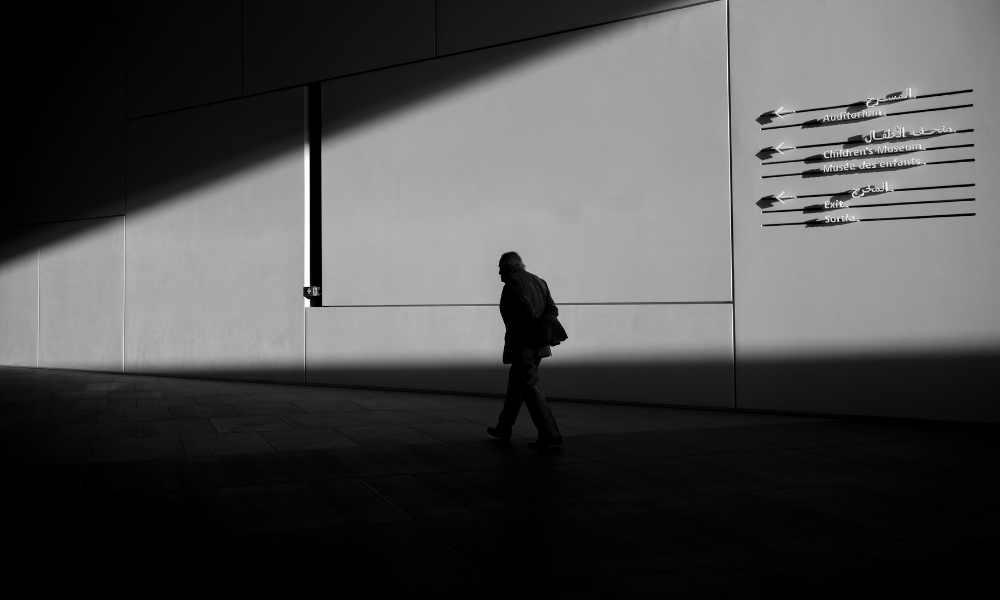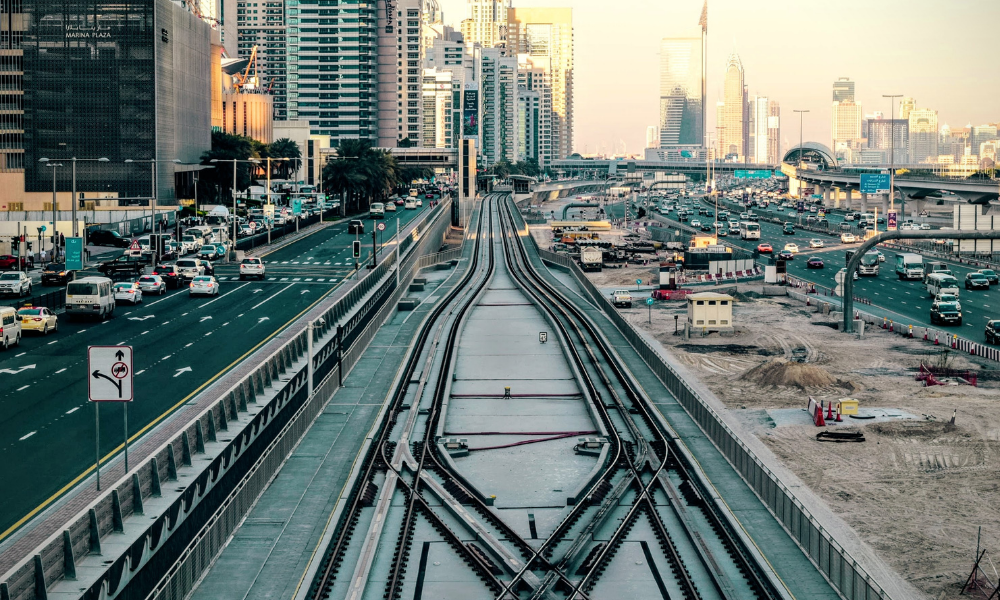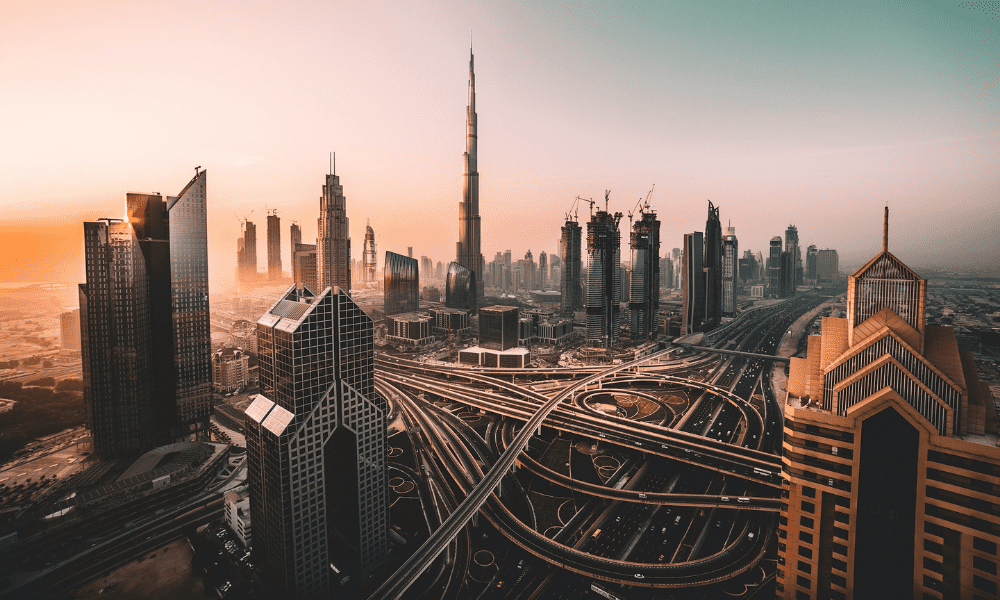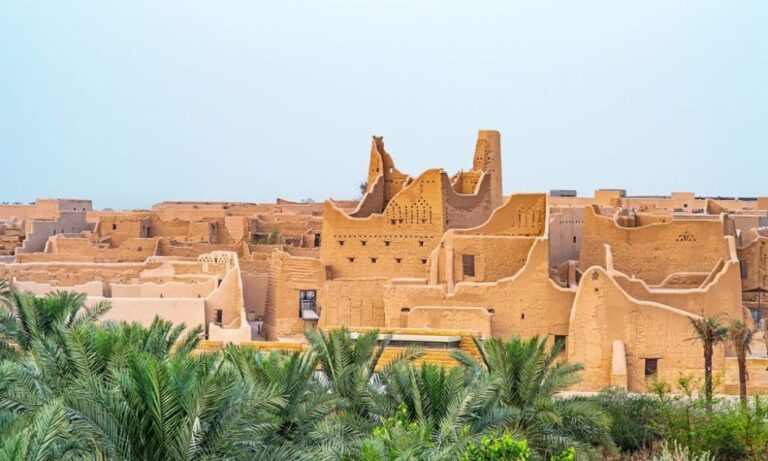Looking at the Dubai 2040 Urban Master Plan, and I couldn’t be more excited. Sustainable development of a thriving, forward-looking city. Natural reserve constituting 60% of the emirate’s total area. An increase of land area for health and education facilities by 25%. The master plan looks towards not only promoting a healthy lifestyle for its residents but also looks after the well-being of the city while – what seems to be – limiting the amount of construction taking place.
All of this will (in my humble opinion) lead to much welcomed, closely regulated building codes that will firstly weed out architects and designers who do not address the city’s pressing issues of longevity in their designs but will also add a layer of credibility in the ever so critical eye of the international architecture and design community. The design scene will need to elevate its approach to urban planning, architecture, and design to a more meticulous and investigative one.
Can you imagine what that will do? Not only will we start to see new ways of approaching master-planning and architecture, but it will also put an end to the superficiality of the catchphrase “sustainable”. Design will also stop being perceived as a ‘trendy’ pastime tied to a ‘trendy’ lifestyle – designers will need to be solution providers. Sustainability is a lot more than a certificate believe it or not. While this word is being thrown around too often without accountability, one of the most sustainable things we can do is to study masterplans and to look at districts that were previously industrialised and on the outskirts that have now become at the heart of the city due to growth and expansions.

Opportunities for re-development are all around us. Industrial structures, neighbourhoods, and buildings from the ’70s and ’80s – they’re already there (and I love them) waiting to re-engage with the public if given a second chance. I often wonder what the fate of some neighbourhoods would be 10 or twenty years down the line, and I get excited at the prospect of redesigning to adapt to a complex end-user and demographic. We all know what 2020 did to our work habits, but as we slowly start to move on from the pandemic, we are left to put all the pieces together back again in a different order. Without making light of a tragic situation, designers need to be at the forefront, steering the ship of what is an exciting opportunity to re-look at how space, a building, and the city is being used. Gentrification doesn’t necessarily need to equate to over-priced almond-milk lattes, it can also mean new opportunities to make the most of what we have. Shortage in material supplies? Search local, investigate, test, make and apply. Shortage of space? Search local, investigate, test, make and apply.
One successful precedent is required to change a mindset. This is true for almost anything and it continues to be the case in design and architecture specifically in growing industrial cities. The UAE has been successful in attracting a diverse and creative public who are always looking forward. Every individual brings a new mindset to the table and with them, interesting ways of living, working and socialising. I believe we are moving closer to finding a successful and long-lasting urban planning model, and Dubai 2040 is proof of that.

We need to think sustainably about our cities. About re-using some of the beautiful (and others that are not) structures that lay derelict. We need to address connectivity issues and new modes of transportation. Re-addressing neighbourhoods by way of intelligent design and technology. This is where suitability lives up to its name. Investigating the heritage and history of neighbourhoods and bringing to the forefront version 2.0 of what made them successful is also a sustainable approach to design. Re-use of materials and transforming them into construction elements is sustainable design. Mixed-use developments for an ever-changing, ever-evolving, highly creative (and demanding) demographic is sustainable design.
Also, picking up your trash goes a long way too.




